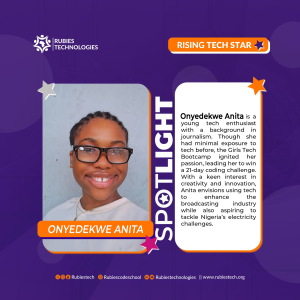Introduction
Yes, the buzz is everywhere, AI this AI that. Hardly a day goes by without people using at least one AI tool. According to statista, the generative AI’s market size will reach over $160m in 2024. That’s how big and wide its level of adoption is and will continue to grow.
With AI, creativity is limitless. From curating compelling stories to generating amazing artwork and so on, AI has emerged as a powerful tool for pushing human innovation beyond boundaries. However, at the core of this limitless creativity of AI lies prompts, writing prompts.
Prompts??
Prompting in AI or AI prompts refers to the use of AI to generate cues or ideas to facilitate creative thinking and generate content in different forms. Prompting comes in different forms. There is text-based prompting, where users input a short phrase, sentence, or keywords to generate suggestions on a particular subject. This works for AI platforms like ChatGPT, Gemini, and so on. There is visual prompting too, where users can go as far as uploading images, or videos to generate visual content. Platforms like Runway ml support this.
The results a user gets are largely dependent on how clear and instructive the prompts are.
If you are skilled at curating prompts, AI tools can be more valuable to you because you will be able to provide clear instructions.
Writing better prompts
Whether you are a developer, marketer, content creator, and so on, productivity is key and the ability to maneuver prompt engineering with large language models can help you attain that high level of productivity.
Simply, Prompt engineering is using natural language (your texts and inputs) to command a large language model (the models used by various AI platforms). To become a top prompt engineer, here are some tips to becoming a top prompt engineer.
Being Specific
Being specific will allow the model to understand your request. For instance, if you want to bake 20 vegan muffins, your prompt should be one that will be clear and concise so that the model won’t give you a response that will bake just any type of muffin for a large crowd. Specific prompts lead to better outcomes.
Using contextual Prompts
Adding context will help the model interpret your prompts better. In the example above, telling the model the recipe is for 20 muffins will help a great deal because that way, the outcomes will be directly tailored towards baking 20 muffins. In addition, if you fail to indicate the actual number of guests you want to bake for, the model can assume you are baking for the whole world and not streamline the outcome to a recipe for 20 people.
Site examples
In reality, an example can explain a complex concept far more than a thousand explanations and the same applies to AI models too. Incorporating examples will help serve as a framework that your request will be built on to provide better outcomes.
Experiment with prompts
This simply means creatively fine-tuning or editing your prompts with the perfect blend of keywords, sentence structures, and so on.
Conclusion
In the article above, we have been able to explain what makes people get the best out of AI. five tips were also listed on how to become a better prompt engineer. In the next article, we shall discuss the key components of a good prompt.
Written by AbdulLateef Oladele Badmus



